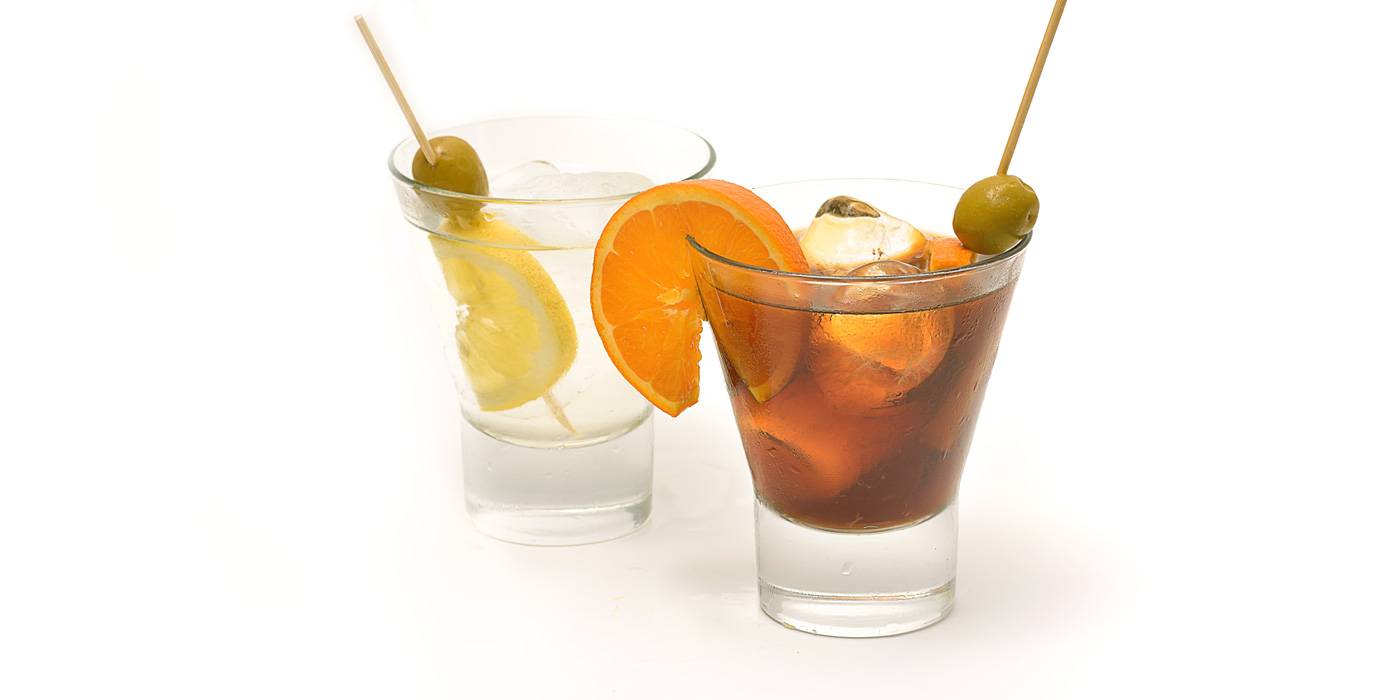It's vermouth time!
We know that Vermouth is in fashion, and that fashions always come back. What has happened for a drink relegated to the counters of village bars to become the most in vogue drink among gastronomic restaurants and foodies?

Escrito por Eva Pizarro
We know that Vermouth is in fashion, and that fashions always come back.
What has happened for a drink relegated to the counters of village bars to become the most in vogue drink among gastronomic restaurants and foodies?
A DRINK WITH HISTORY
The history of Vermouth goes back to ancient times, perhaps the first version can be found in ancient Greece, from Hippocrates, who mixed wine and wormwood, and coined the term Hippocratic Wines.
In ancient Rome, recipes for very similar drinks to what would be the current Vermouth also appear in writings of the time.
However, it was precisely in Italy, more specifically in Turin, where the birth of the drink, which would eventually conquer all of Europe and later the world, was conferred. First, they were drinks based on wine, herbs, and spices macerated for curative purposes, above all, to stimulate the appetite; until Carpano, a tavern keeper in Turin, ventured into producing this drink on an industrial scale to be able to sell it to his clientele.
Because of its bitter taste and those appetite-stimulating properties it is often drunk as an aperitif today.
In Spain, Reus would be the epicentre of production of the later nicknamed “Vermú de Reus”.

THE RECIPE IS THE KEY

Normally Vermouth is composed of:
- A wine base, normally white wine, although the recipe has evolved and we can find red wine bases from different grape varieties.
- Among its spices and herbs, wormwood is undoubtedly the main component, as wormwood in Germanic is “Wermut”, which would derive in the current vermú, vermut (in Spanish) or Vermouth.
- Cinnamon, chamomile, ginger, sage, cardamom... are some of the spices that can form part of each recipe.
- Fruit: orange peel, lemon peel..
- Sweeteners:sugar or caramel which give it the characteristic colour of red Vermouth.
More than 50 components that make each brand personalise its recipe with its identity according to the area, customs, or taste.
Red or white?
Red Vermouth originates from Italy and is usually sweeter.
White Vermouth originates from France and is usually drier.
Reserva Vermouth?
In order for the drink obtained from mixing wine, alcohol, sugar, and herbs to be rounded, it is necessary to let the mixture rest. If this is done in barrels and for the stipulated time, we can obtain a Reserva.
Shaken or stirred?
Vermouth is ideal for a cocktail, which is why it has become one of the favourite bases for bartenders all over the world. Famous are film cocktails such as the shaken Dry Martini that James Bond liked to order in his films. Neither Negroni nor Manhattan escape the cameras.
Today, Vermouth has seen its fame reborn thanks to the interest in gastronomy and drinks that make up this hedonistic world, where the search for sensations, trends and unique experiences rescues stories of classic drinks to entertain our senses and also, why not, our social networks.
What do you think about?
Share comments, opinions and tricks with the Community







